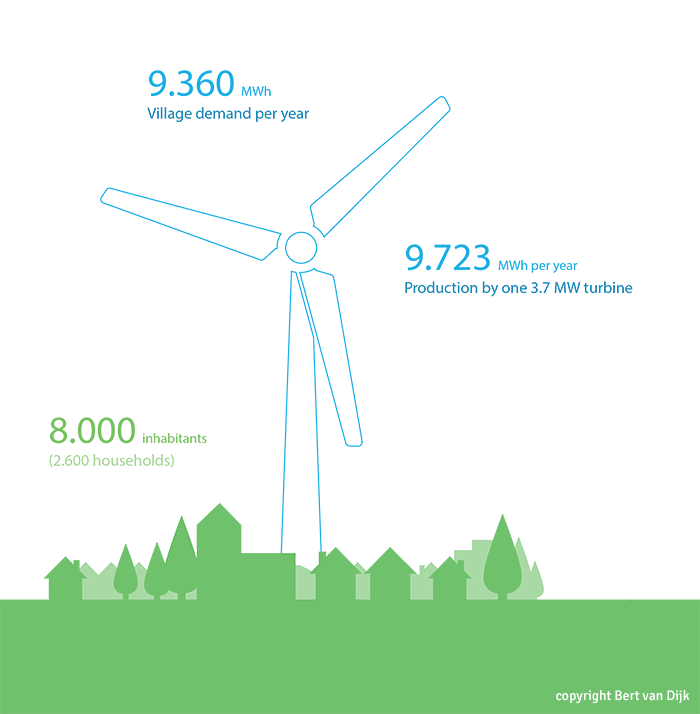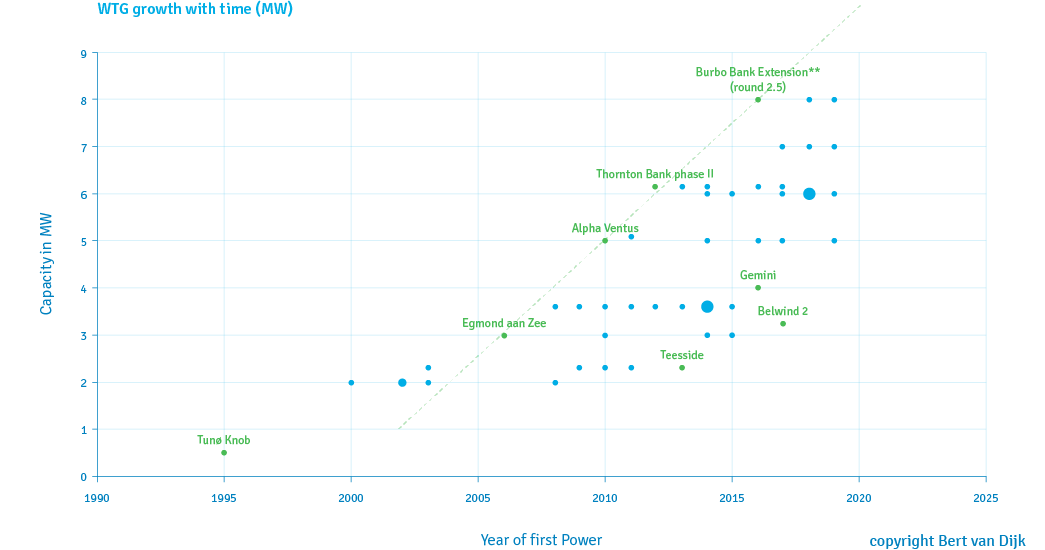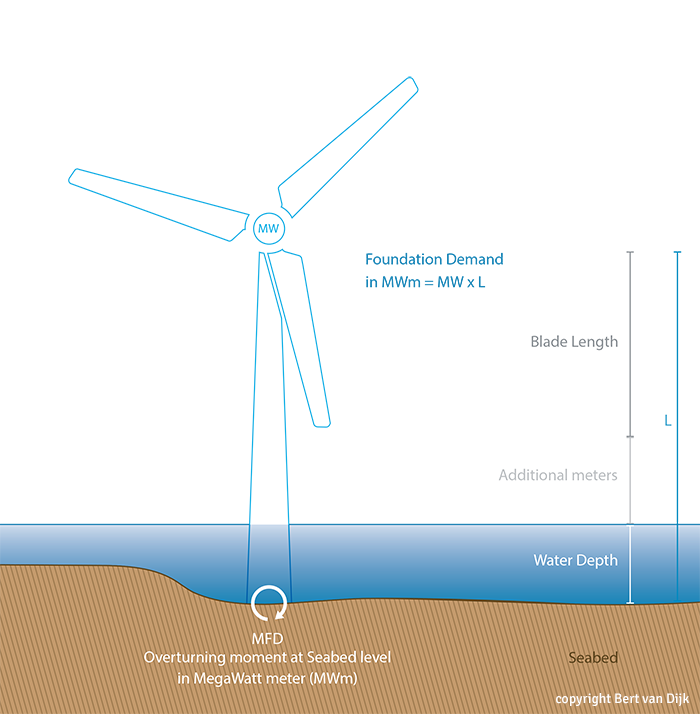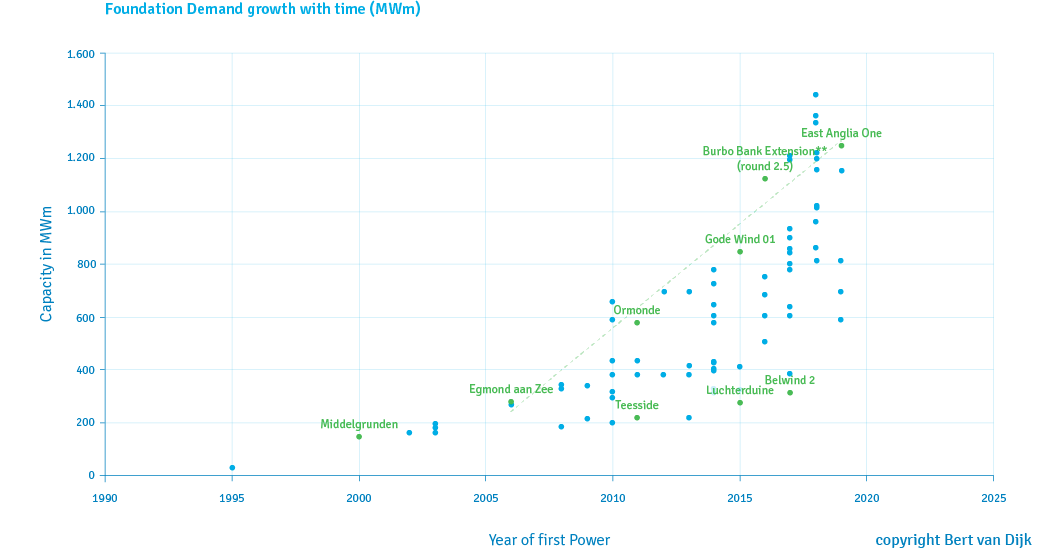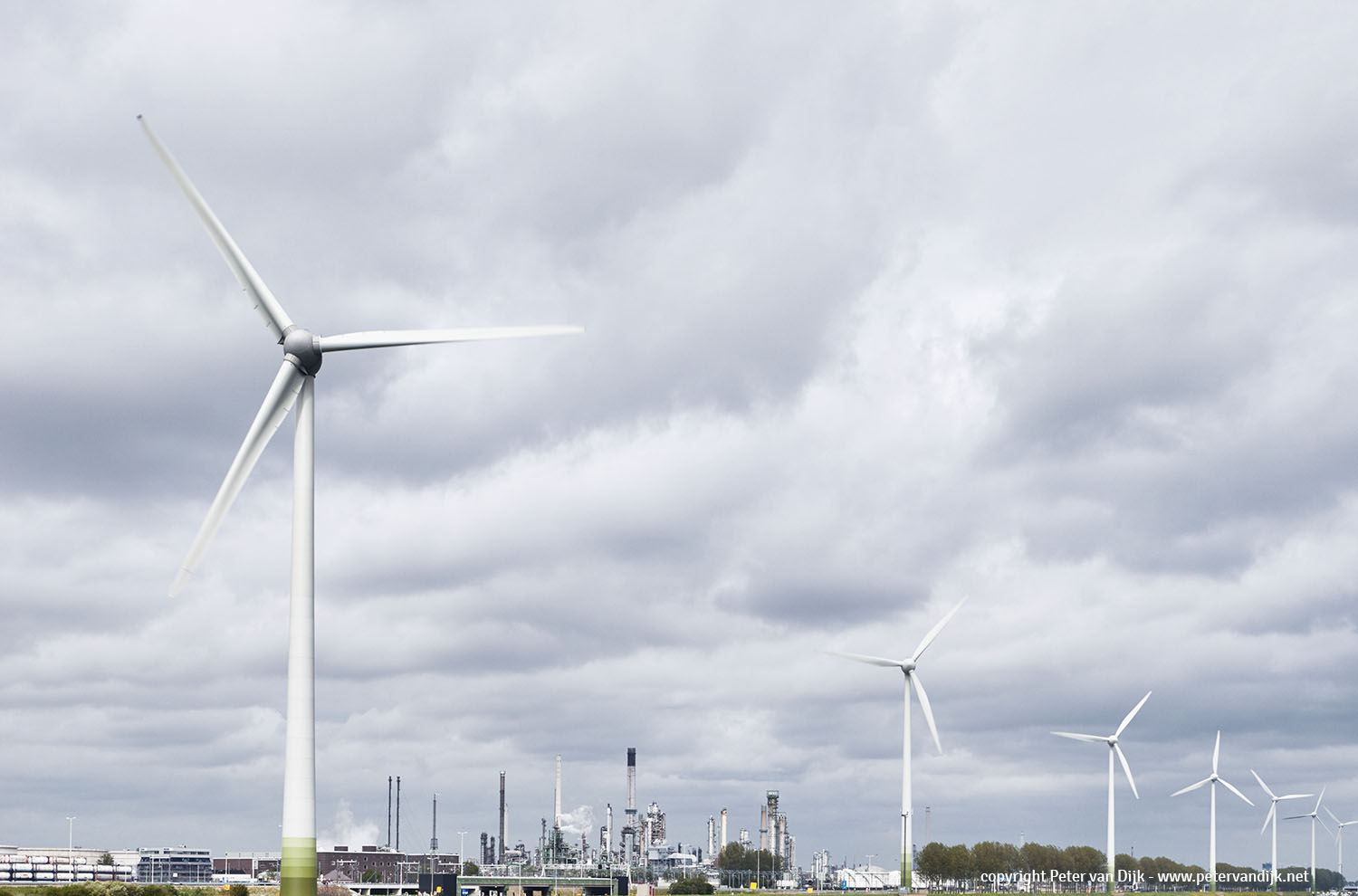It is peculiar how the wind industry, originally launched to address independency, depletion and emissions, now encounters only one issue: Cost.
Without any debate this fourth issue can be accomodated by wind energy as well when all costs involved are taken into account.
Not only less tangible cost like health care etcetera, but certainly pollution cleaning operations (Exxon Valdez) and repairs to cracks in walls in areas of gas mining need to be added.


